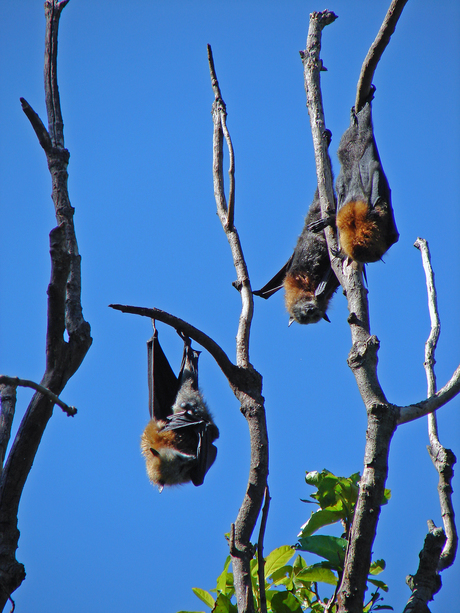Deadly hantavirus jumps between species

A study has found the potentially lethal hantavirus may have originated in bats and has subsequently jumped between species, raising important issues for pandemic prevention.
An international team of researchers has found that the potentially deadly hantavirus has jumped between animal species in previously unexpected ways.
The finding gives an insight into how the virus has evolved and spread, and may aid in preventing or combating pandemic outbreaks.
A large fraction of human infectious diseases are zoonotic, meaning they jump species from animals to humans. One such pathogen is hantavirus, which causes flu-like symptoms that often lead to respiratory and kidney failure, and can even cause death.
The prevailing view was that hantavirus originated in rodents. However, this study, led by scientists at the China Centre for Disease Control and Prevention in collaboration with Professor Eddie Holmes from the University of Sydney, suggests it may have actually originated elsewhere.
The team reached a breakthrough by identifying four previously unknown forms of hantavirus in several species of insect-eating bats and shrews from China.
The researchers carried out an evolutionary analysis of all known hantaviruses as well as the four newfound ones in order to determine the relationship between them.
What they found was genetically distinct clusters that infect a range of mammals and have a vast geographical spread.
This suggested that bats, with their global distribution, large population densities and the ability to fly long distances, contributed to the efficient spread of the viruses.
“The fact the evolutionary ‘trees’ or pathways of the virus don’t always match those of their mammalian hosts makes it possible to conclude that hantaviruses frequently jump host barriers and emerge in new species, with bats serving as ancient and important hosts,” said Professor Holmes.
The researchers suggest that there may be other yet unknown hantaviruses lurking in a wide range of animal hosts, and the new findings suggest we pay particular attention to bats.
“Hantavirus is a major threat to global health, making information that adds to our poor understanding of how it evolved and is transmitted an important contribution to fighting the disease,” said Holmes.
“This breakthrough in understanding the biodiversity and evolution of hantaviruses could help arm us against the threat of a pandemic,” he added.
The research was published last week in PLOS Pathogens.
AI-designed DNA switches flip genes on and off
The work creates the opportunity to turn the expression of a gene up or down in just one tissue...
Drug delays tumour growth in models of children's liver cancer
A new drug has been shown to delay the growth of tumours and improve survival in hepatoblastoma,...
Ancient DNA rewrites the stories of those preserved at Pompeii
Researchers have used ancient DNA to challenge long-held assumptions about the inhabitants of...




